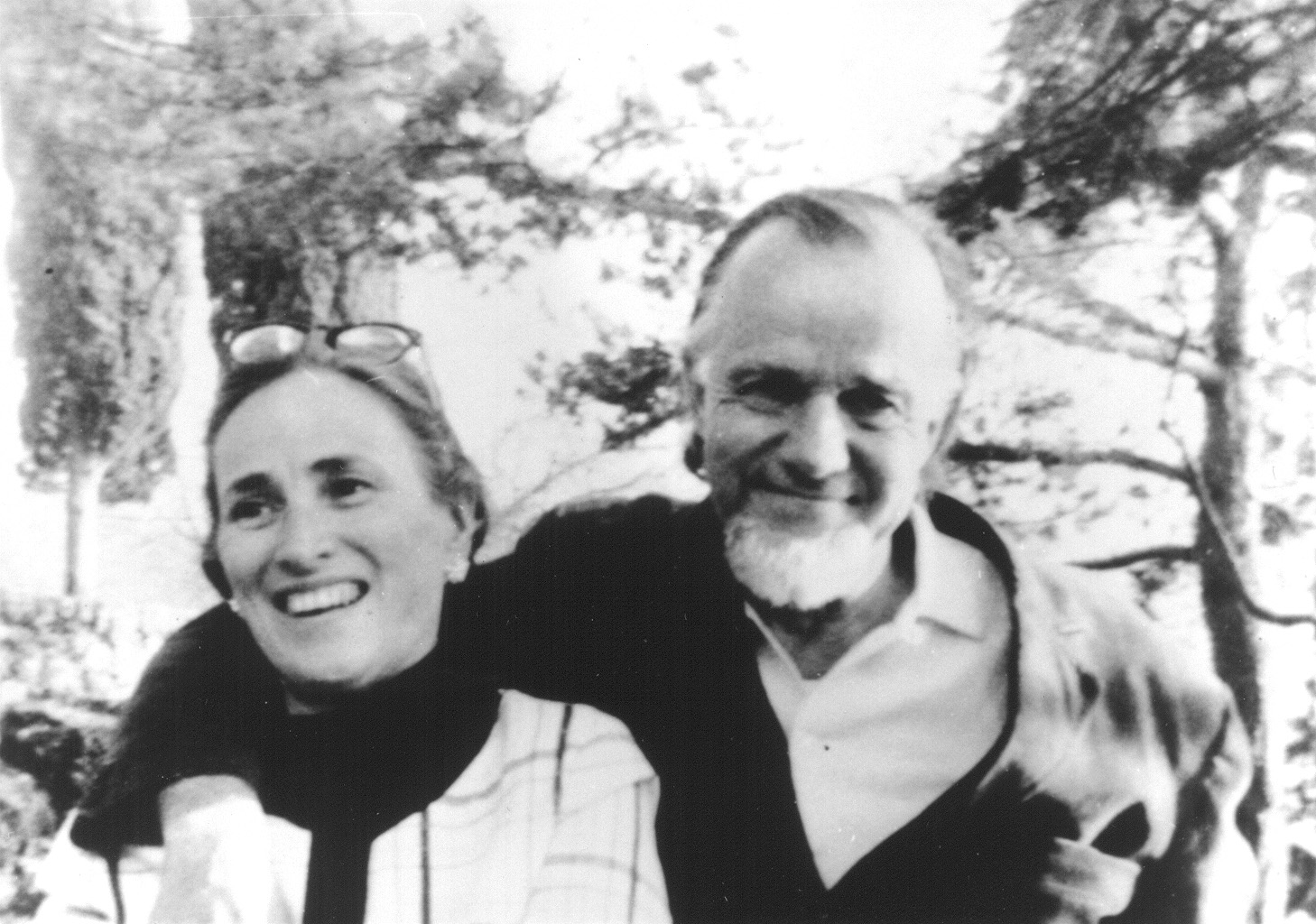The root of Francis and Edith Schaeffer’s ministry at L’Abri was what Dr. Schaeffer came to call “true spirituality.” He was, characteristically enough, well ahead of the curve in his understanding of how young people were coming to think of “spiritual” practices as being divorced from any sort of organized religious identity and so, over time, he would develop the ideas that became his book True Spirituality and which grounded the work that went on at L’Abri.
Central to this idea was Schaeffer’s insistence that true spirituality must begin with death before it can move to life. If we do not truly understand our sin, Schaeffer reasoned, we will not understand God’s offer of redemption and restored fellowship with him.
Login to read more
Sign in or create a free account to access Subscriber-only content.
Topics:
